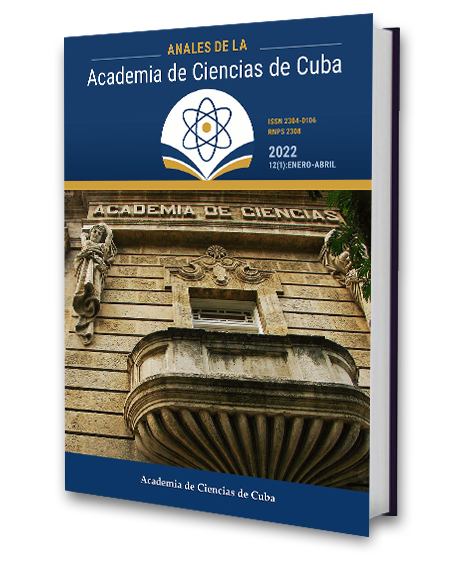Findings in eosinophilic meningoencephalitis due to Angiostrongylus cantonensis
Keywords:
eosinophilic meningoencephalitis, intrathecal synthesis patterns, diagnosis, immunoglobulins, complementAbstract
Introduction. Angiostrongylus cantonensis eosinophilic meningoencephalitis affects Cuba and the occidental hemisphere. The aim of this paper is to describe the principal findings for the knowledge of this disease, mainly in Cuba. Methods. The research compiled the results of the last 15 years about the neuroimmunological response, the complement system against the parasite, the intratecal complement activation, the neuroimmunological diagnosis and some epidemiological findings in Cuba and Ecuador. Results. Intrathecal synthesis patterns for IgG subclasses and IgE, C3c and C4 and the intrathecal activation of the synthesis patterns and the role of sICAM-1were described for the first time. Patients with neurological chronic damage in Cuba and the first Cubans with MBL selective immunodeficiency were also described. Intrathecal immunoglobulins patterns of the first Ecuadorean patients were different than the ones of the Cubans. Different intrathecal synthesis patterns indicates different Angiostrongylus cantonensis strains. Meteorological variables that favors the incidence of the disease was reported and the neurological damage in an adult associated to the African giant snail was also reported. The first bibliometric study about the disease in Cuba and in America was performed. Concluding, this disease is endemic, seasonal and the increment of the incidence occurred after the introduction of the African giant snail due of its spread and aggressiveness against man and the environment with a defined pattern that favors its diagnosis.
Downloads
Published
How to Cite
Issue
Section
License
The journal Anales de la Academia de Ciencias de Cuba protects copyright, and operates with a Creative Commons License 4.0 (Creative Commons Attribution-NonCommercial License 4.0). By publishing in it, authors allow themselves to copy, reproduce, distribute, publicly communicate their work and generate derivative works, as long as the original author is cited and acknowledged. They do not allow, however, the use of the original work for commercial or lucrative purposes.
The authors authorize the publication of their writings, retaining the authorship rights, and assigning and transferring to the magazine all the rights protected by the intellectual property laws that govern in Cuba, which imply editing to disseminate the work.
Authors may establish additional agreements for the non-exclusive distribution of the version of the work published in the journal (for example, placing it in an institutional repository or publishing it in a book), with recognition of having been first published in this journal.
To learn more, see https://creativecommons.org






